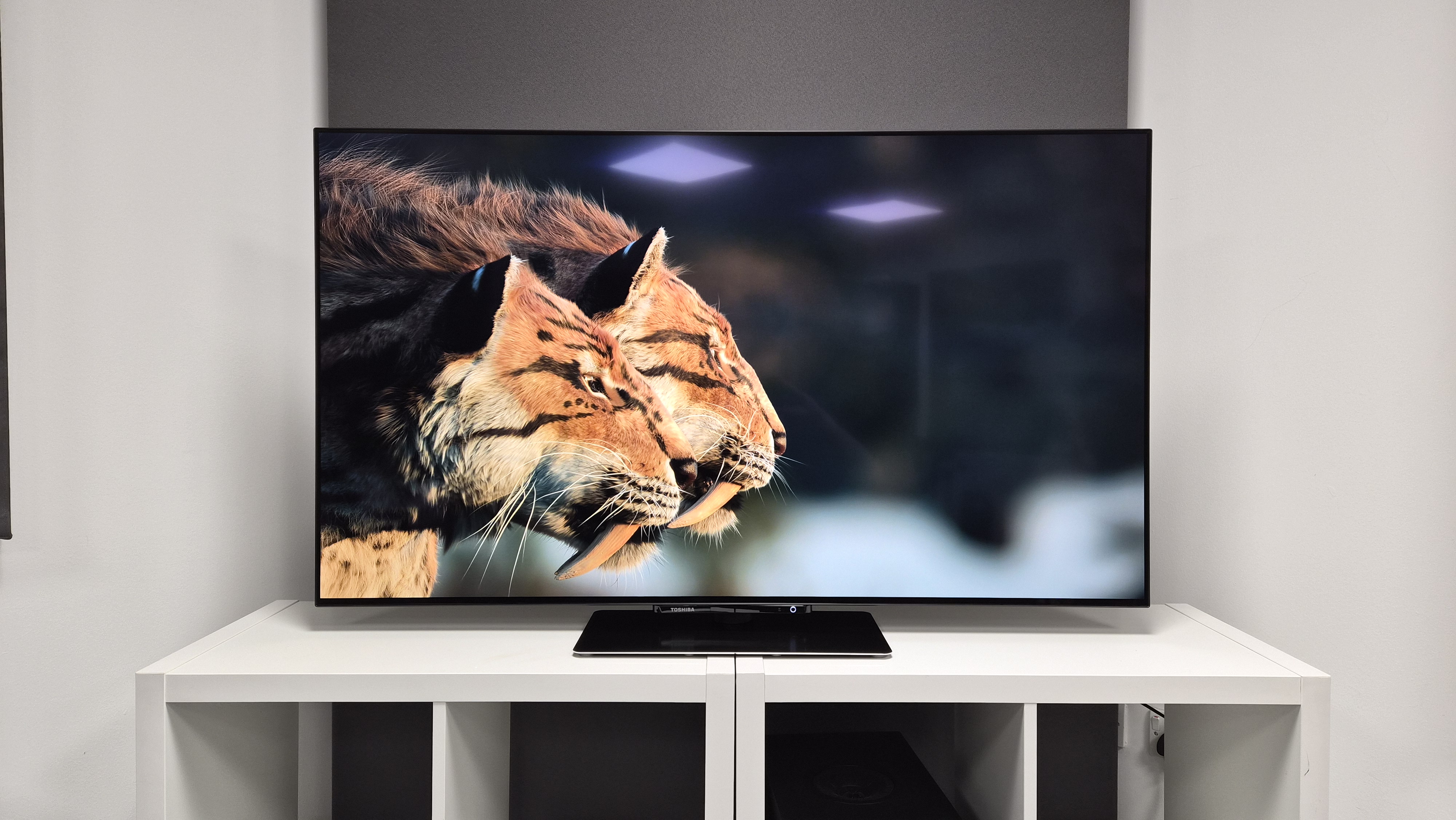Sonos Ace vs Sony WH-1000XM5: which wireless headphones are better?
Debut Sonos goes up against established Sonys

Bluetooth: 5.4 (SBC, AAC, AptX Lossless)
Battery life: 30hrs
Finishes: 2
Weight: 312g
The Ace are ambitious and offer spatial audio and Sonos-centric features, but they can't compete with the XM5: they don't sound as good, aren't as comfortable, and their noise cancellation isn't on par. They're also more expensive. They feel like a first-gen product, whereas the XM5 have been refined over many generations.
Pros
- Streamlined, stylish design
- Physical controls work well
- Inoffensive, balanced sound
- Okay levels of detail
Cons
- Lack of clarity and expression
- Stunted dynamics and rhythmic drive
- Slightly buggy during testing
- Average call quality
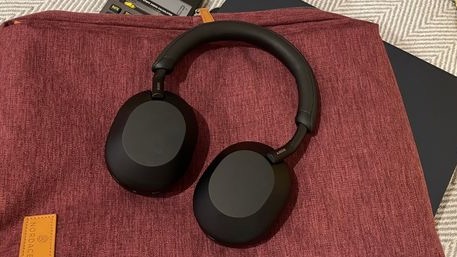
Bluetooth: 5.2 (SBC, AAC, LDAC)
Battery life: 30hrs
Finishes: 2
Weight: 250g
Sony has nothing to fear from Sonos. The XM5 still set the performance benchmark at their significantly cheaper price, two years after launching. With effective noise cancellation, a smart, comfortable design, and practical (if not innovative) features, they're still the best all-round over-ear headphones at this level.
Pros
- Sensational sonic clarity
- Punchy delivery
- Precise, agile bass
- Nice to use
Cons
- Build seems a little less premium than before
- Don’t fold away completely
We had high expectations for Sonos's first over-ear headphones, but if you've read our Sonos Ace review you'll know that they didn't quite work out as well as we had hoped. On paper, they appear to be the real deal, packing active noise cancellation (ANC), an ergonomic fit and plenty of forward-thinking features into a simple, clean design that is typically Sonos.
It's certainly an ambitious go for a first-gen product – but ultimately they do feel like a first-gen product. So how do they stack up against their more established rivals in the hotly contested noise-cancelling headphone field?
We've thrown them in at the deep end, pitting them against our favourite wireless over-ears, the Sony WH-1000XM5. Sony has a proven track record of Award-winning headphones, of which the XM5 are its flagship finest. Below we compare the two headphones' prices, aesthetics and comfort, battery lives, sound and noise-cancelling performances, feature sets and general usability.
Sonos Ace vs Sony WH-1000XM5: price
The Sonos Ace went on sale on 5th June 2024 for £449 / $449 / AU$699. Sonos gear is never cheap, and this is about what we expected for its first headphones thanks to months of rumours that prefaced their arrival. Still, it's a lot of money and is closer to Apple AirPods Max and Bose QuietComfort Ultra Headphones money than these Sonys.
The Sony XM5 launched in May 2022 at £380 / $399 / AU$550, but they've been available for significantly (around 25 per cent) less than that for the past year. They are almost always discounted in the big sale events – Amazon Prime Day, Black Friday and the Boxing Day sales.
Today's best price for both pairs can be seen below, but to give you an idea, you can expect a £150-200 price difference between them.
** Winner: Sony WH-1000XM5 **
The latest hi-fi, home cinema and tech news, reviews, buying advice and deals, direct to your inbox.
Sonos Ace vs Sony WH-1000XM5: design

The design is one of the Sonos Ace's highlights. Like Sonos' other products, they're pleasingly minimalist in a way that doesn't draw attention to themselves. The earcups' anti-fingerprint coating keeps them free from blemishes, while the subtle Sonos logo shimmers when it catches the light.
They're pretty comfortable, although members of our team with larger heads and ears complained that they heated up quite quickly as there wasn't much room for their ears to breathe. But those with smaller ears had no such complaints.
The headband and memory foam earpads are coated in vegan leather (polyurethane) that feels soft and plush. The headphones are lightweight, don't clamp too tightly and the headband is smooth to adjust. The earcups are more slimline than the Sony XM5's (which can protrude a little far from the head for some tastes).
The fact the hinges and joints are concealed within the headphones' casing not only gives them a pleasingly minimalist look but also means your hair doesn't get caught. The earcups swivel flat for storage, and the earpads are replaceable for swapping out should they become damaged or wear out.
Also like other Sonos devices, the Ace come in black or 'soft white'. One nice touch is that the earcup mesh is of different shades for left and right, so you can tell from a glance which way to put them on.
Sonos may well have taken design inspiration from the Sony XM5, whose 'noiseless design' pioneered the junking of visible hinges and joints in favour of smoother edges and sweeping lines.
The XM5 too fold flat, and while they're made from recycled plastics they retain a premium feel – the headband uses ABS sliders, while the headband and earcups are comfortable to wear for hours on end thanks to their memory foam padding. It's a close call between the two in terms of overall aesthetics and comfort, but we're giving it to the Sonys.
** Winner: Sony WH-1000XM5 **
- Sony WH-1000XM6 preview: expected release date, price predictions and 6 features on our wishlist
Sonos Ace vs Sony WH-1000XM5: features
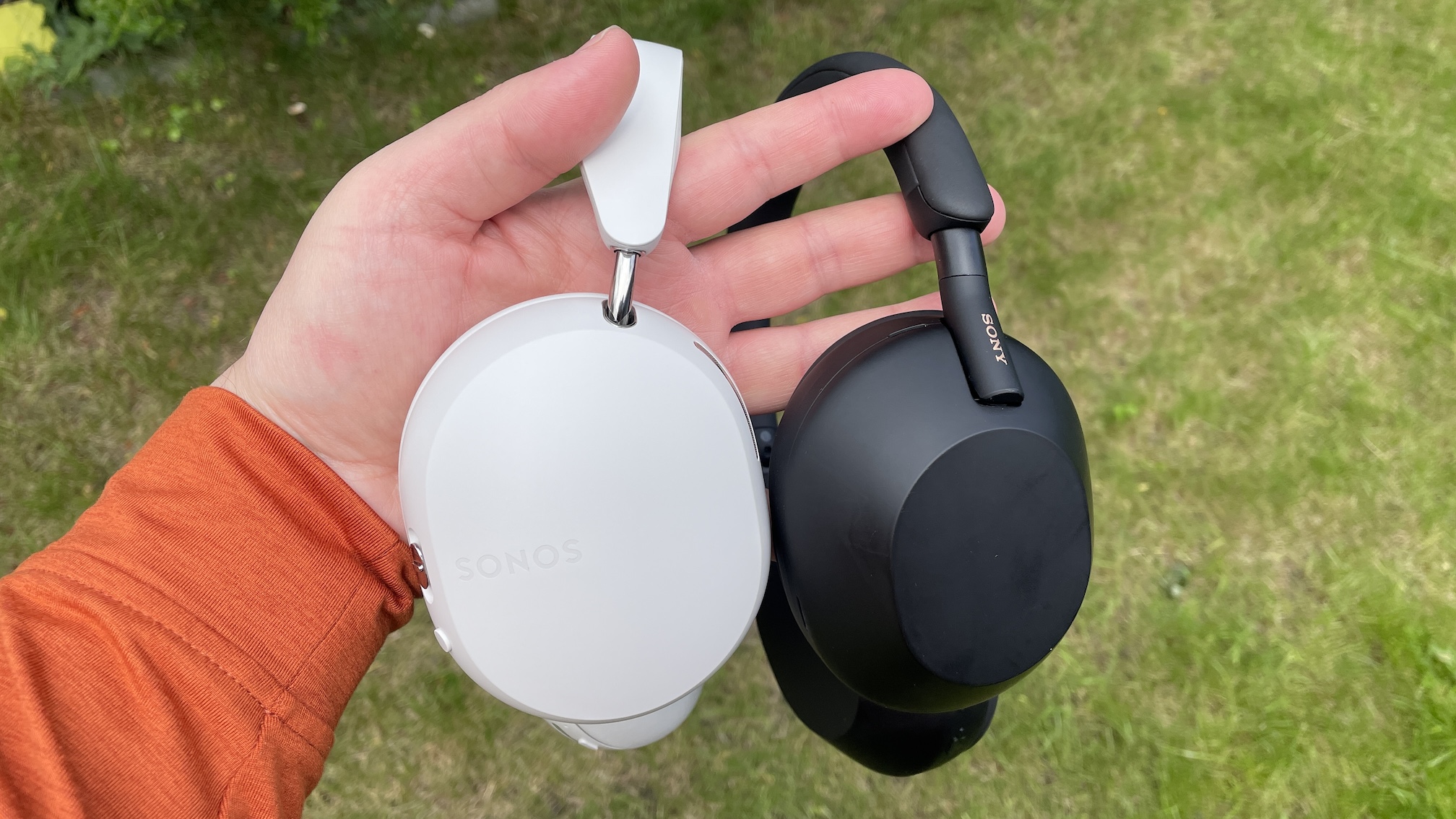
The Sonos Ace feature physical buttons. This might seem a bit of a backwards step, but buttons are more reliable than touch-capacitive controls, plus it's easier to tell when your press has registered. It's reassuring to see Sonos going for functionality over the more aesthetically pleasing touch panels. Plus the multi-functional slider is quick to respond, though it does feel a little cheap and plasticky.
As expected, the Ace have a compelling feature set. Bluetooth 5.4 is onboard, and lossless audio is supported via Snapdragon Sound’s aptX Lossless and Apple’s ALAC codecs. There's no support for next-gen codecs like Auracast and LE Audio, but Sonos isn't ruling it out in future. Wi-fi also isn't supported (that was one of the most persistent rumours) – while it is used for Sonos' TV Audio Swap and TrueCinema features, you can't use it to pair with your Sonos Era 100 speaker, for example. It's a shame, as it would mean tighter integration to a home Sonos system, but again, Sonos isn't ruling it out for a future pair.
Battery life is an XM5-matching 30 hours with both Bluetooth and ANC activated. A fast charge gives you three hours of juice from a three-minute charge.
You get spatial audio with dynamic head tracking across music and movies with apps that support Dolby Atmos – so Dolby Atmos and 360 Reality Audio tracks in Apple Music, Amazon Music, Tidal and Deezer. Wear detection pauses/resumes playback when you take off/put on the headphones respectively, just like on the Sony XM5.
Just like the XM5, the Ace also have Bluetooth Multipoint, which lets them wirelessly connect to two devices simultaneously and switch between them seamlessly. Which is very handy if you're listening to music from your phone but need to take a Zoom call on your laptop.
But Sonos has an ace up its sleeve: TV Audio Swap. This feature lets you play the sound from your Sonos Arc soundbar through your Sonos Ace headphones, so you can enjoy it in private. Swapping is done with one button press (in the app or on the headphones' earcup), and is both seamless and instant. TrueCinema calibration adjusts the audio to your room layout so it sounds like you're not listening through headphones, though this feature will launch at a later date.
The Sony XM5 share a lot of the same features as the previous XM4, including Sony’s DSEE Extreme engine to upscale compressed music to near hi-res quality, compatibility with Sony’s LDAC high-quality format, Quick Attention (which lets you lower the volume and have a conversation by covering the right earcup with your hand), and Speak to Chat (which pauses playback and lets in ambient sound when you start talking). But while practical, their feature set doesn't have a headline act like spatial audio or any inter-brand trickery.
** Winner: Sonos Ace **
Sonos Ace vs Sony WH-1000XM5: sound
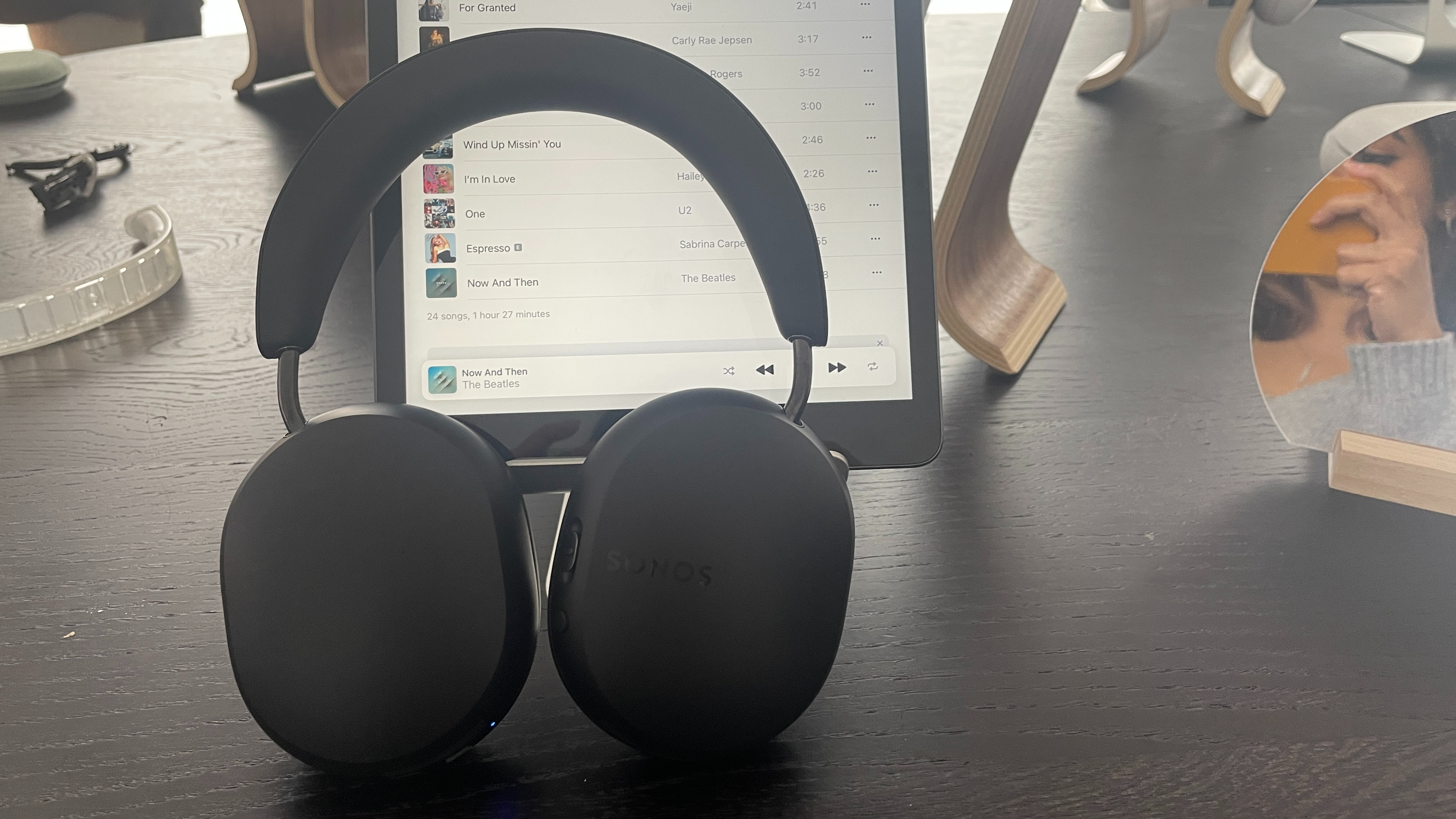
This is where it starts to go wrong for Sonos. While the Ace sound inoffensive enough, they're never exactly exciting – it's all a bit safe. There's not much distinction between the different instruments and elements on a track, with everything blurring into a bit of a confused mess. Turning the ANC off reduces the congestion slightly, but they still don't do enough to impress.
They might display a decent amount of detail, but they're far outdone by all major rivals in this regard. The bass is ample, but the Ace tends to skip over the finer details, which can leave you feeling underwhelmed by even the most emotive track.
They fare a little better with TV audio, and spatial audio does open up the soundfield somewhat, making the experience more immersive. But we experienced some lip-syncing issues and unwanted crackles in the audio during viewing – hopefully this will be fixed by a simple firmware update, but given Sonos has reportedly been working on the Ace for five years, we would expect them to arrive fully formed.
The XM5 are a different proposition altogether. Side by side with the Ace, they have much more distinctive timing and musical flow. They track rhythms more closely and accurately, and dynamically they have a lot more going on too.
In terms of clarity and openness, the XM5 are the over-ear headphones to beat, while they have a precision in their low end that's quite masterful in its execution. There's more detail than their predecessors, and greater differentiation between notes, too.
** Winner: Sony WH-1000XM5 **
Sonos Ace vs Sony WH-1000XM5: noise cancellation
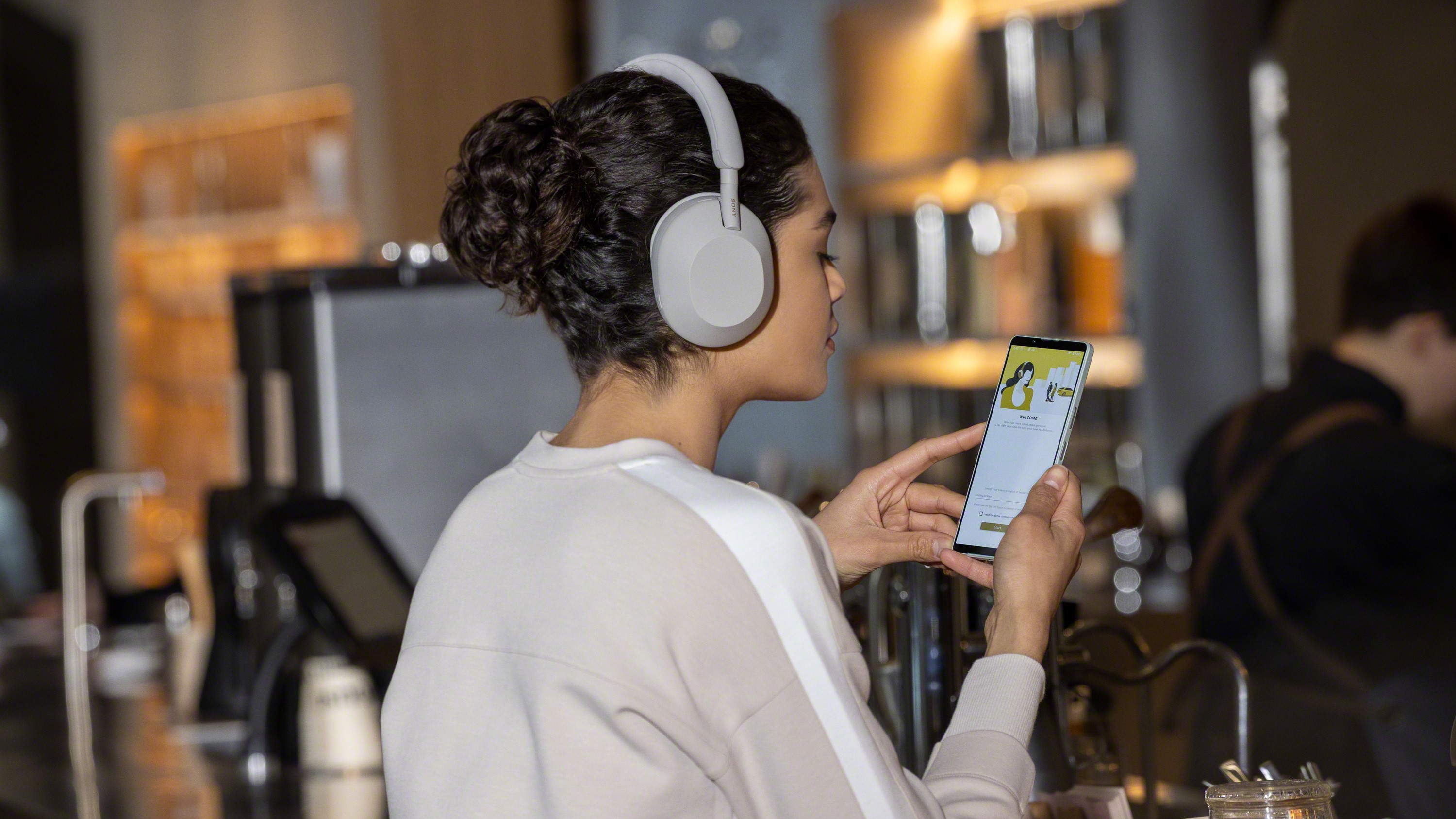
For the Sonos Ace, this round is a similar story to the sound quality. You can toggle between full ANC and Aware modes using the button on the right earcup. To turn ANC off, you need to use the mobile app. There are no levels of ANC – just On, Off and Aware.
It works fine, but it's nowhere near as effective as the XM5's. Background sound is dulled considerably, but frequencies still creep through that don't on rival pairs of headphones.
Sony's headphones have long been among the best noise-cancellers around, and the XM5 are some of its finest yet. They feature eight mics (as do the Sonos Ace), and can automatically optimise the noise cancellation as your surroundings change, so it will adjust when you step from a quiet street into a busy cafe, and vice-versa. And you can switch between ANC and Ambient mode at the tap of a button.
The XM5's overall effect is much more pronounced. They neuter a wider range of frequencies, with far fewer details bleeding through. If you want silence, the XM5 are the better bet.
** Winner: Sony WH-1000XM5 **
Sonos Ace vs Sony WH-1000XM5: verdict
There's no sweetening the pill: the Sonos Ace are somewhat disappointing given their price, catgeory debut and pre-launch anticipation. Despite their innovative Sonos ecosystem features and nice build, their sound quality and ANC are below the benchmark set by the Sony XM5, comfort levels are more divisive, and finally some bugs need ironing out. You can't come to a fiercely competitive market like premium ANC headphones with flaws like this and expect to get away with it, especially given the high price Sonos is asking.
But as a first-gen product, they show a promising glimpse of what Sonos could achieve in the headphones with more work. It's just that as they stand, the Sony XM5 blow them out of the water while also costing a lot less. Decision made then.
MORE:
See our Sony WH-1000XM5 tips and tricks
The best wireless headphones we recommend across all budgets
Sony WH-1000XM5 vs Bose QuietComfort Ultra Headphones: ANC dons do battle
Joe has been writing about tech for 20 years, first on staff at T3 magazine, then in a freelance capacity for Stuff, The Sunday Times Travel Magazine (now defunct), Men's Health, GQ, The Mirror, Trusted Reviews, TechRadar and many more. His specialities include all things mobile, headphones and speakers that he can't justifying spending money on.
- Becky RobertsFreelance contributor

